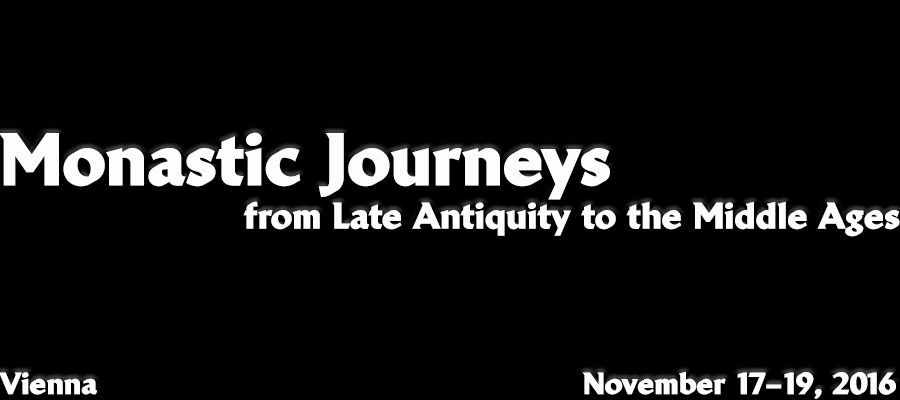Monastic Journeys from Late Antiquity to the Middle Ages, Vienna, November 17–19, 2016
The conference on “Monastic Journeys from Late Antiquity to the Middle Ages: Religious Aspirations, Political Goals and Economic Concerns” welcomes contributions on Eastern and Western monasticisms. It will focus on monks travelling over long distances, despite the monastic rule of stabilitas loci.
Monastic journeys have several aspects, among them:
- Religion, for missionary monks, founders, pilgrims, crusaders;
- Representation, for ambassadors, petitioners, administrators of monasteries, congregations or orders;
- Economy, for monks seeking business, privileges and funding;
- Education, for monks considered as students, scholars, or those looking for a distant monastic experience;
- Constraint, for refugees, monks banned or summoned to a trial.
Monastic journeys reveal the broad social functions of the monks in late antique and medieval societies. They show in what ways monasticism was regularly used to meet political needs. One may also consider the sacred geography and the holy places of power linked by those movements. Practical issues such as logistics, financing and distant accommodation may be addressed, as well as the role of monks in interreligious dialogue. The geographic frame is the wider Mediterranean and continental Europe. The period under consideration extends from the 4th to the 15th century.
Communications are expected to last 20 minutes. They will be presented preferably in English, but German and French are also accepted. The proceedings of the conference will be published.
